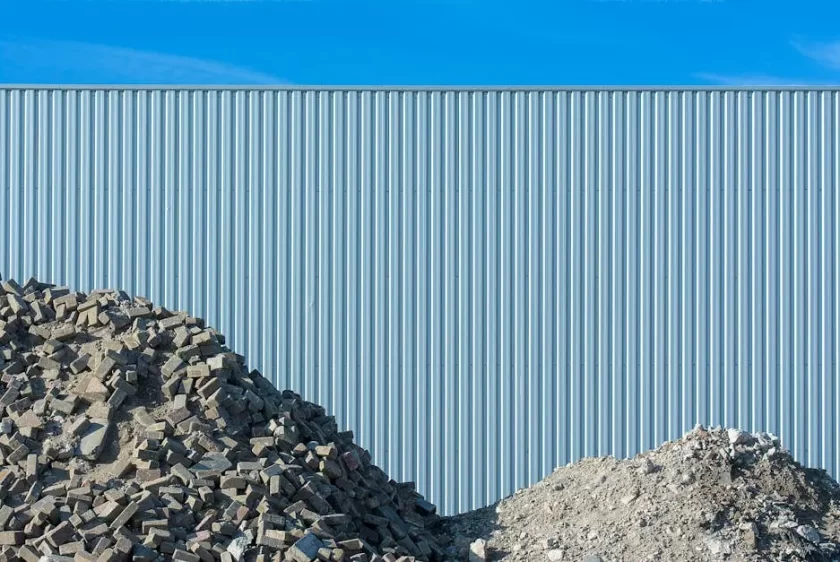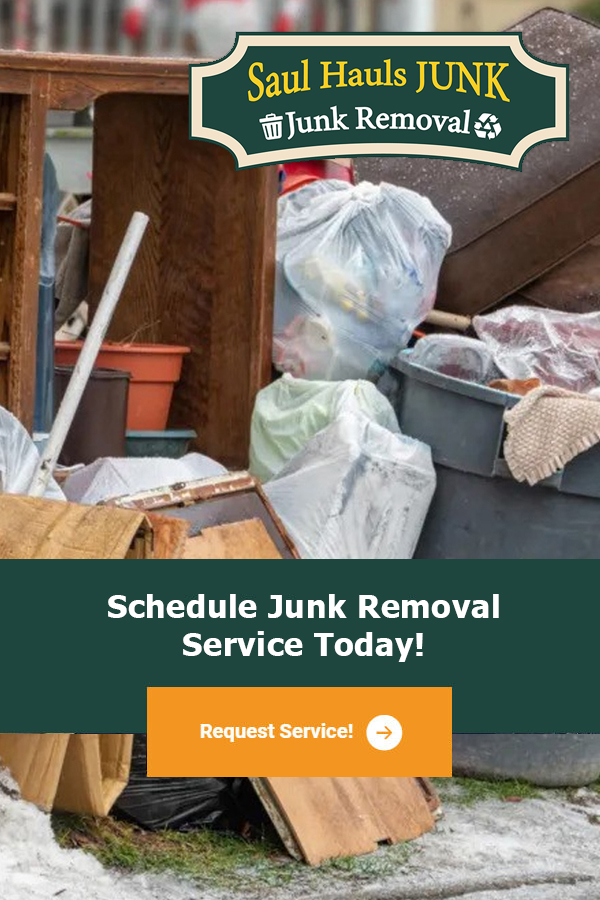
Eco-Friendly Ways to Dispose of Construction Debris
Construction projects generate a significant amount of debris, and improperly disposing of this waste can have harmful effects on the environment. In this blog, we’ll explore several eco-friendly methods for disposing of construction debris while promoting sustainability and responsible waste management. Whether you’re a contractor or a DIY enthusiast, understanding these options can help you make a positive impact on the planet.
Understanding Construction Debris and Its Environmental Impact
Construction debris encompasses a wide range of materials generated during renovation, demolition, or construction projects. This waste includes concrete, wood, metal, glass, and various other materials. Understanding the composition of this debris is crucial because different types require different disposal methods. When disposed of improperly, construction debris can lead to significant environmental issues such as soil and water contamination, as well as increased landfill waste.
The environmental impact of construction debris goes beyond the immediate areas of construction sites. For instance, if materials containing hazardous substances, like asbestos or lead paint, end up in landfills, they can leach chemicals into nearby soil and groundwater. Moreover, the sheer volume of waste produced during construction can contribute to overflowing landfills, a problem that many communities are facing. Recognizing these issues emphasizes the need for responsible waste management, which begins with a proper understanding of the materials involved.
The Importance of Eco-Friendly Disposal Methods
Eco-friendly disposal methods are essential in minimizing the negative impacts associated with construction debris. By prioritizing sustainable practices, contractors and DIY enthusiasts can significantly reduce their carbon footprint. Adopting these methods not only benefits the environment but can also promote a positive image for businesses. When clients see a contractor’s commitment to green practices, it fosters trust and loyalty.
Furthermore, implementing eco-friendly disposal techniques can also be cost-effective in the long run. Many regions offer incentives for recycling and proper disposal practices that may lower waste management costs. For example, some municipalities provide discounts for recycling construction materials. Developing a strategy for eco-friendly disposal should be an integral part of any construction project plan.
It’s crucial to foster a mindset that prioritizes these green alternatives in all aspects of construction. The shift towards eco-friendly disposal methods not only focus on the immediate construction process but also reflects a broader societal change towards sustainability. It encourages the recycling of materials and their reintegration into the economy, fostering a circular economy that benefits everyone.
Recycling Construction Materials: What You Need to Know
Recycling construction materials is a significant step towards reducing waste in the construction industry. Many components of construction debris can be recycled, including metals, concrete, and wood. For instance, concrete can be crushed and used as aggregate for new construction, while scrap metal can be melted down and repurposed. Understanding which materials can be recycled is paramount in creating an effective waste disposal strategy.
Before recycling, assess the materials at your job site. It’s essential to separate recyclables from general waste. Many contractors implement a waste sorting system on-site to ensure that materials are categorized correctly. Having a designated recycling bin for various materials can simplify this process and promote consistent recycling practices among workers. Partnering with local recycling facilities can also ease this transition; they can provide guidance and even assist in transportation.
Additionally, take the time to educate your team about the importance of recycling. Regular training sessions can instill a sense of responsibility regarding eco-friendly practices. This educational approach not only fosters good habits but also empowers employees to take initiative in recycling efforts. As a result, recycling construction materials becomes a crucial, integral part of the overall project.
Donating Usable Construction Materials
One of the most impactful ways to handle construction debris is by donating usable materials. Items such as cabinets, fixtures, and flooring often remain in excellent condition and can be repurposed by those in need. Donation not only diverts waste from landfills but also assists local communities, helping schools, churches, and nonprofits that may be working on renovation projects.
Setting up a partnership with local organizations that accept donations can streamline the process. Many of these organizations, such as Habitat for Humanity, have programs specifically designed to take in construction surplus. They often provide pick-up services, making it even easier to donate materials rather than discard them. This collaborative approach not only enhances community engagement but also maximizes the value of surplus resources.
Moreover, when you donate materials, not only do you benefit the environment, but you also receive tax deductions. Documentation of your donation can qualify you for significant deductions, making it a win-win situation. Considering these benefits, donating usable construction materials should be a priority for anyone involved in construction or renovation.
Hire a Green Waste Removal Service
Hiring a green waste removal service is an important step toward responsible waste management in construction projects. These services specialize in the disposal and recycling of construction debris, emphasizing eco-friendly practices. By relying on their expertise, contractors and DIY enthusiasts can ensure that the waste generated is handled properly and responsibly.
When selecting a green waste removal service, it’s essential to conduct thorough research. Look for companies that have a proven track record in eco-friendly practices, including recycling and donation programs. A good service will be transparent about how they handle different types of waste and will provide clear documentation to verify their practices. This transparency reassures you that your construction debris is being managed ethically.
Another added benefit is that many green waste removal services employ local labor, further supporting community economies. By choosing these services, you’re not only contributing to sustainable practices but also helping to bolster local employment. Additionally, many companies offer flexible scheduling, making it easier to align waste removal with your project timeline.
Composting Green Waste from Construction Sites
Composting green waste from construction sites is another excellent way to dispose of organic materials sustainably. Green waste may include leftover landscaping materials, such as branches, leaves, and grass clippings. Instead of sending these materials to the landfill, creating a composting plan can transform them into valuable soil amendments.
Establishing a compost area on the job site can be easily manageable. Designate a space where workers can dispose of organic materials separate from other debris. Ensure to educate your team on what can and cannot be composted to avoid contamination. Over time, this approach not only produces compost but also builds a culture of sustainability within your organization or team.
Using compost can enrich the soil for landscaping projects, helping to close the loop in your project’s lifecycle. This sustainable practice enhances soil quality and reduces the need for chemical fertilizers. Ultimately, composting demonstrates a commitment to eco-friendly practices that can even inspire other contractors to adopt similar approaches.
Make a Difference with Eco-Friendly Practices
By adopting eco-friendly disposal methods for construction debris, we can all contribute to a healthier planet. Whether it’s recycling materials, donating usable items, or utilizing specialized disposal services, every step counts. Remember, responsible waste management isn’t just a choice; it’s a commitment to our environment and future generations.


